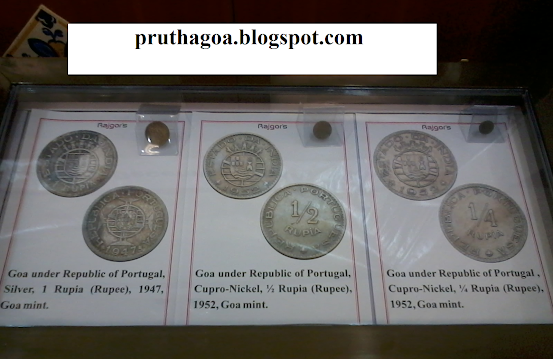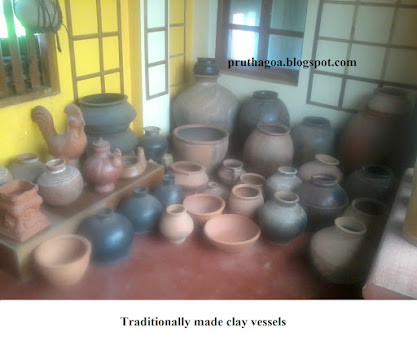The Goan Newspaper and Its Changing Face

After the first official Goan newspaper Gazeta de Goa (1822) was stopped in 1826, Bernardo Francisco da Costa, impressed by the power of the press in Europe, launched the first private newspaper in 1859 called O Ultramar . He achieved much good through the newspaper by reducing taxes and doing away with the health tax. Since the paper was the voice of Partido Ultramarino,the party da Costa belonged to, O Partido Indiano, the opposing party, began A India Portuguesa . The mid nineteenth and early twentieth century was the era of migrations to British India. Bombay became home to many Goans at this time and consequently there rose the strong presence of the Goan press in the city. From 1831 to 1861 there appeared newspapers such as O Investigador Portuguez em Bombaim , O Indio Impartial , O Observador , A Abelha de Bombaim and others to keep the Goan immigrants abreast of political happenings, fire up nationalistic zeal and feed the need for constitutionalism. One of the longest runnin





